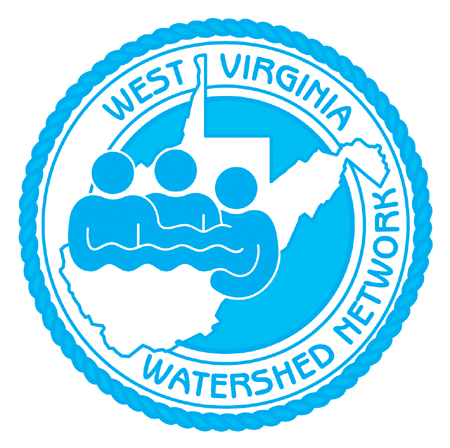 | | WV WaterNet: Fall Edition |
| |
|
| Welcome two new watershed groups to the Western Basin! By: Tomi Bergstrom |
| Twelvepole Rising is a new watershed group centered in the Town of Wayne and focused on Twelvepole Creek. Twelvepole Creek is over 32 miles in length and starts in Mingo County, wandering through Wayne County, and then flowing into the Ohio River east of Ceredo. Water from this creek contributes to major recreational hubs in the area, such as East Lynn Lake and Beech Fork Lake, but many folks do not know much about Twelvepole Creek itself. |
| | 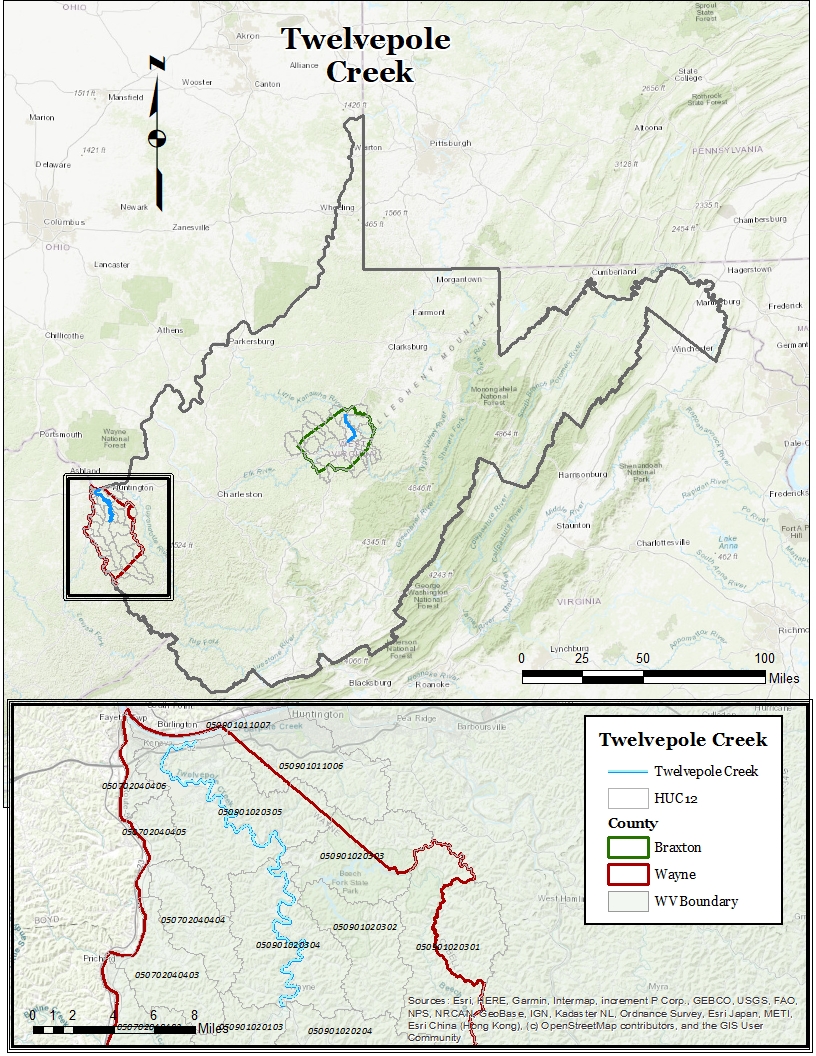 | | Twelvepole Creek watershed |
|
|
This group applied for and received Stream Partners funding for the 2024 grant year. They plan to focus their attention on identifying and then mapping kayak take-out and put-in sites, areas of need and interest along the creek, and sections of the water trail that may be inaccessible due to dams, structures, or shallow water. Mapping the creek will be the foundation from which the group can grow their base from to tackle further restoration projects and cleanup initiatives. As part of the Stream Partners grant, they will be printing and distributing maps to their community and partners. Twelvepole Rising is currently building partnerships with Marshall University, the Town of Wayne, Wayne County Solid Waste Authority, Wayne County Commission, Coalfield Development Corporation, West Virginia Division of Natural Resources, West Virginia Department of Environmental Protection, local businesses, and others. Would you like to partner with them? |
|
|
| In 2024, you can join them at a major cleanup as part of Twelvepole Creekfest. Twelveole Creekfest is held the first weekend in June and is a community event featuring fishing, live music, food vendors, and a kayak race. It is hosted by the Town of Wayne. |
|
|
| Saltlick Watershed is a new watershed group based out of Burnsville and working with neighboring communities to develop the Little Kanawha River Trail. Saltlick Creek is a tributary, over 17 miles in length and over 80% forested, of the Little Kanawha River. It is completely contained within Braxton County. The Little Kanawha River is not contained within one county, but flows through six in total. It is also not little at all, stretching nearly 170 miles through Burnsville Lake and the Burnsville Dam all the way to Parkersburg where it flows into the Ohio River. Initial planning and development for the Little Kanawha River Trail started back in 2010. Boating access areas have been created along the river, but the volunteers in Braxton County would like to see more access and education about the creek and river in their community and classrooms. |
|
|
| Saltlick Watershed applied for and received funding through the Stream Partners Program for the 2024 grant year. Their main project is to install an accessible kayak slip in Burnsville, with a two-sided educational kiosk and an educational pamphlet to take into the nearby Burnsville Elementary School. Through the completion of this project, the group hopes to solicit repeat recreators, volunteers, watershed awareness, and community support. |
| 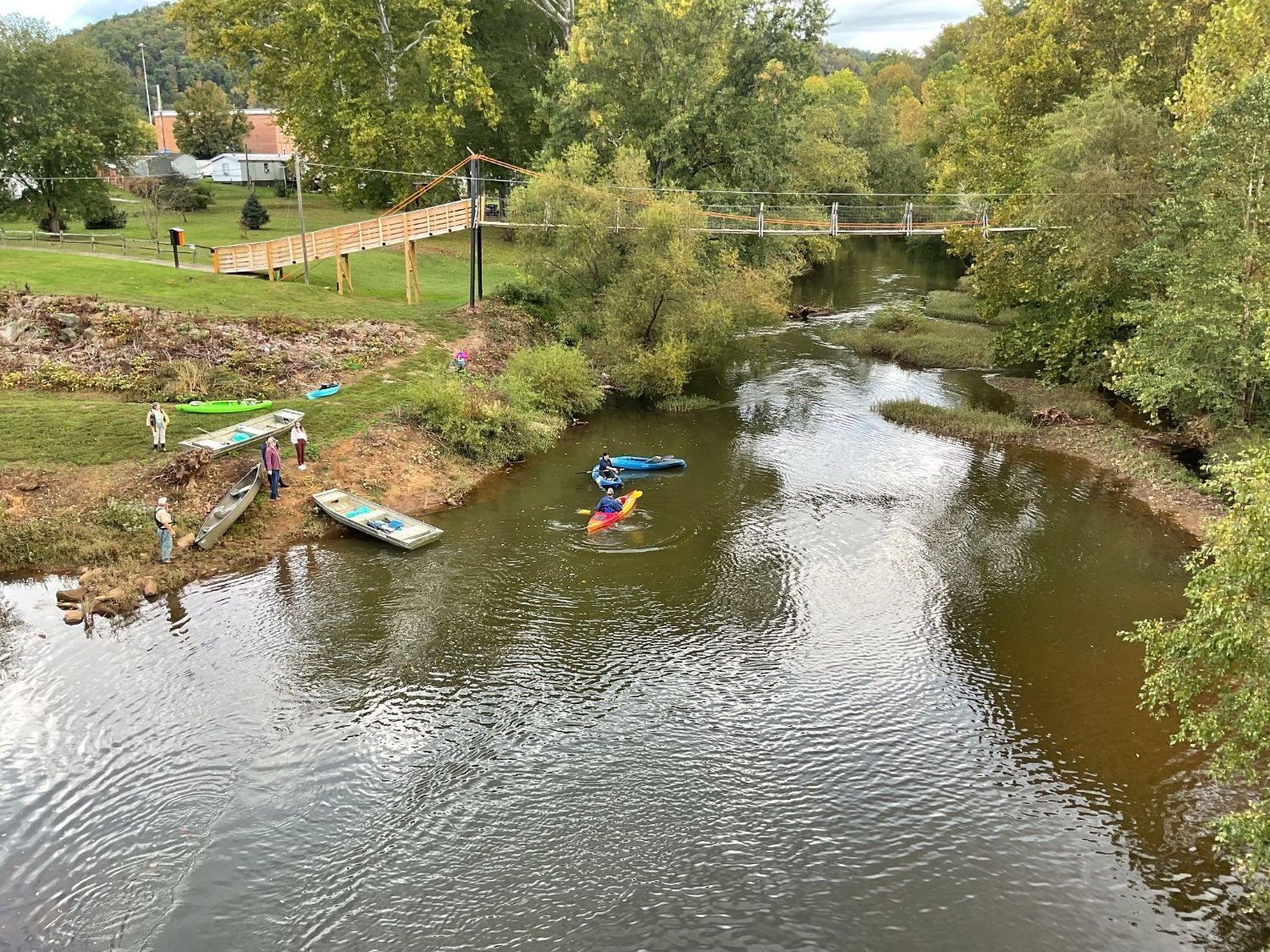 | | Boaters enter the Little Kanawha River, just below the mouth of Saltlick Creek. Photo by Dennis Stottlemyer. |
| The group is looking for partners to help outline the plants and wildlife within Saltlick watershed, and plans to reach out to the West Virginia Conservation Agency, Division of Natural Resources, Department of Environmental Protection, and Division of Forestry, in addition to the Friends of Burnsville Lake and Glenville University. They plan to partner with REAP for a river cleanup in the spring or summer of 2024 and Braxton County High School and Glenville University to build a dock with the kayak slip. Both Twelvepole Rising and Saltlick Watershed are welcomed into the West Virginia Watershed Network. If you are a neighboring watershed organization, please reach out and introduce yourself. The primary contacts for the new groups are: This important work is only as strong as our network and the support that we offer each other, thanks for all that you do watershed volunteers! Your work sets an example for others to follow! |
| | NIOSH Experimental Mine & Tygart Valley River Testing By: Martin Christ & Kelley Flaherty |
| Save the Tygart Watershed Association (STTWA) is based in Grafton, near the dam that forms Tygart Lake, but the group has always considered the entire 1,375 square-mile Tygart Valley River watershed to be their scope. The River starts in Pocahontas County between the headwaters of the Elk River and of Shavers Fork of the Cheat River. In July 2022, USGS published a study of PFAS concentrations in sources for drinking water. There was one site in the watershed where PFAS were detected. However, vigilant watershed residents were aware of another possible threat: an experimental mine to be built by the National Institute of Occupational Safety and Health (NIOSH). One of the purposes of the mine is to test ways of extinguishing fires underground. Watershed residents were concerned because PFAS are often a component of fire-fighting foams.
Acquisition of the property and construction of the mine required an Environmental Impact Statement (EIS), and STTWA and many partners made comments on the EIS urging NIOSH not to pursue the project. Nevertheless, the EIS was approved, and the process was allowed to go forward. |
| 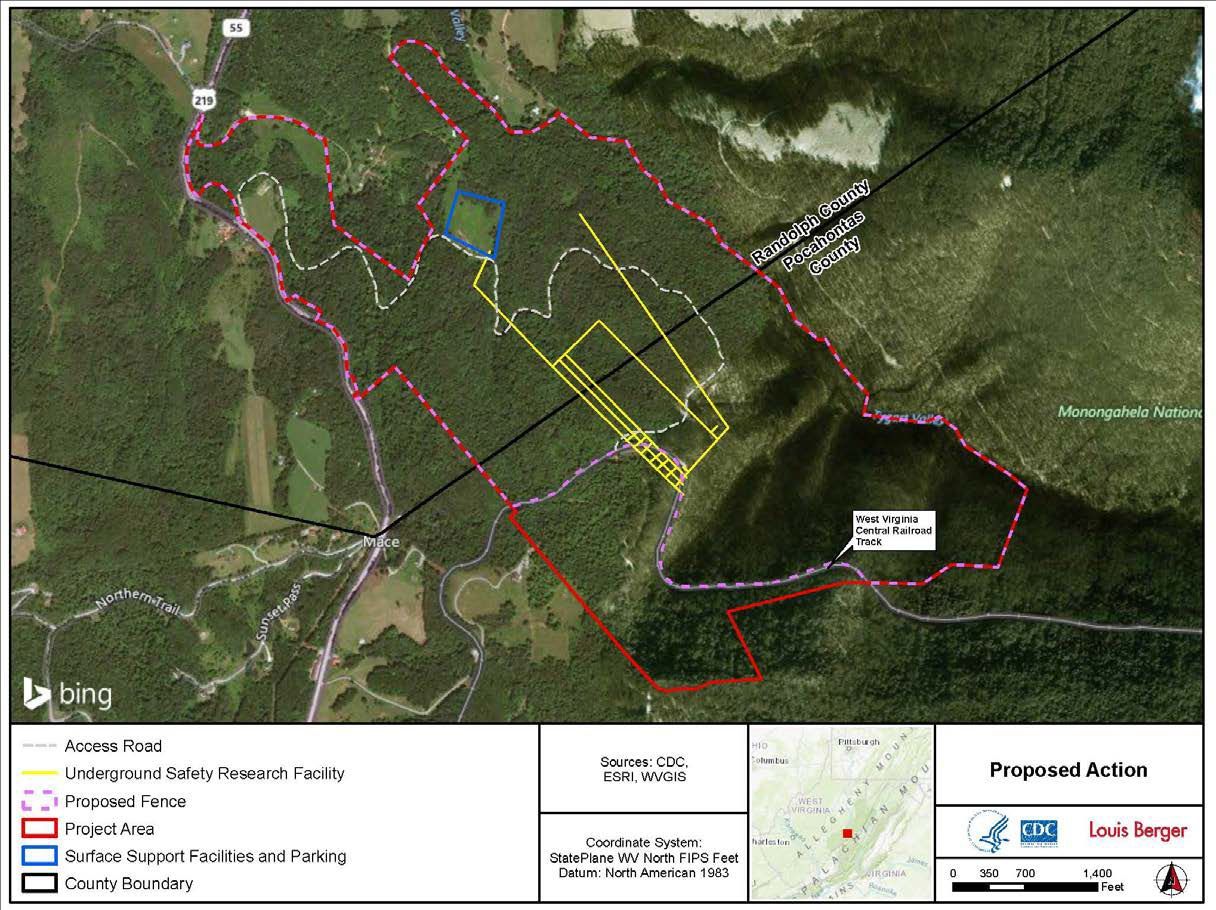 | | Conceptual layout for proposed experimental mine. Source: Acquisition of Site for Development of a Replacement Underground Safety Research Program Facility for the Centers for Disease Control and Prevention/National Institute for Occupational Safety and Health (CDC/NIOSH) in Mace, West Virginia Draft Environmental Impact Statement (2019) |
|
|
|
|
| STTWA volunteers and staff chose one additional protection measure: Along with representations of the WVDEP, they visited the river and performed baseline monitoring so that any impact on the river could be compared to the current condition. In addition to many of the standard chemical measurements STTWA has learned to make during decades of work on acid mine drainage, the group made baseline measurements even more likely to be affected by construction and discharges of pollutants. They did a pebble count and determined the distribution of rock sizes in the streambed. If future construction doesn’t include very careful erosion and sediment control measures, it has the potential to add smaller sediment to the stream and change the habitat to something less ideal for the aquatic community. The group also did a careful benthic macroinvertebrate collection. Benthic macroinvertebrate communities can detect pollution that results in a reduction in overall numbers of species as well as sensitive species. Finally, STTWA ordered a kit for sampling PFAS and sent a sample off for analysis. |
|
|
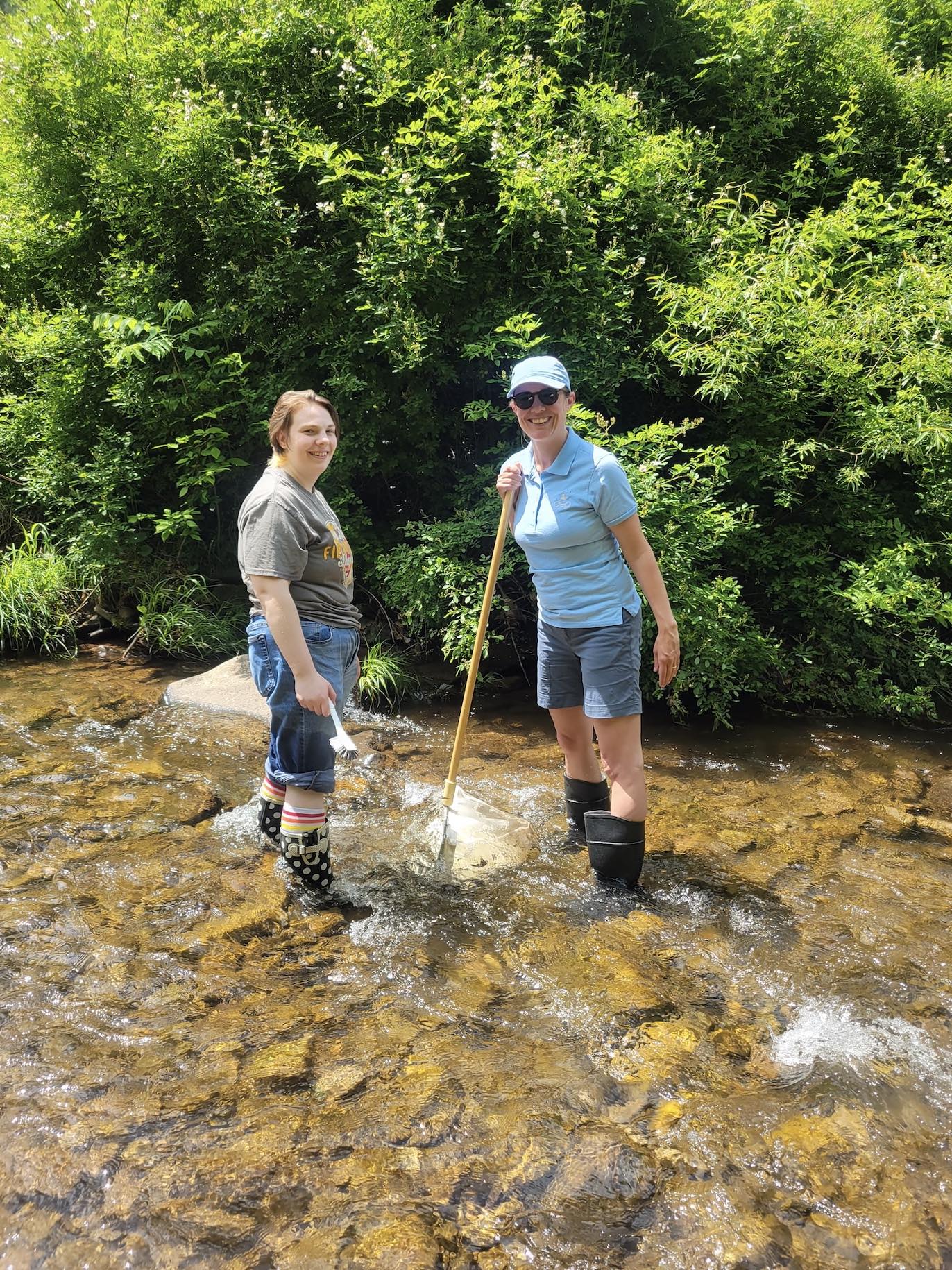 | | Benthic macroinvertebrate collection |
|
|
| All the tests indicated that the Tygart Valley River at the sampling site is extremely clean. The rocky streambed is not embedded with sediment. The group collected 785 macroinvertebrates during one sampling event alone that included sensitive taxa (mayflies, stoneflies, and caddisflies) that the group seldom sees farther downstream in the watershed. The headwaters currently boast an optimal stream condition index score (86.7). No PFAS were detected. If there is any disturbance to the watershed, STTWA expects oversight during construction and operation of the experimental mine to be strong enough that the results don’t change. |
|
|
| | Congratulations to the 2024 Stream Partners Grant Awardees! By: Jennifer Liddle |
|
|
| The Stream Partners Grant Program is a cooperative effort among four agencies: WV Division of Natural Resources, WV Division of Forestry, the West Virginia Conservation Agency and WV Department of Environmental Protection. The WV State Legislature and the WVDEP appropriate $100,000 in total funding to provide up to $5,000 grants to organizations focusing on water quality. |
|
|
| These grants help make projects and events happen across the state to reduce pollution such as bacteria, heavy metals, polluted stormwater, and sediment from erosion. These projects include riparian tree plantings, stream monitoring, watershed education, water trail improvements and float trips, trash clean ups, acid mine drainage improvement projects, septic tank repair and pumping cost share programs, river festivals, stream habitat restoration, and green infrastructure stormwater projects. Awardees for 2024 include: -
Buckhannon River Watershed Association -
Coal River Group -
Davis Creek Watershed Association -
Fourpole Creek Watershed Association -
Friends of Blackwater, Inc. -
Friends of Deckers Creek -
Friends of the Cacapon River -
Friends of the Cheat, Inc. -
Friends of the Second Creek -
Friends of the Tug Fork River -
Greenbrier River Watershed Association -
Guardians of the West Fork -
Morris Creek Watershed Association -
Paint Creek Watershed Association -
Piney Creek Watershed Association -
Plateau Action Network, Inc. -
Saltlick Watershed -
Save the Tygart Watershed Association, Inc. -
Town Run Watershed Association -
Twelvepole Rising -
Warm Springs Run Watershed Association Congratulations all! New in 2023, a VISTA program was created to support watershed groups and the Stream Partners Program housed in the WV DEP’s Watershed Improvement Program. The goal is to increase environmental stewardship, community revitalization and organizational capacity to selected watershed groups across the state. |
| 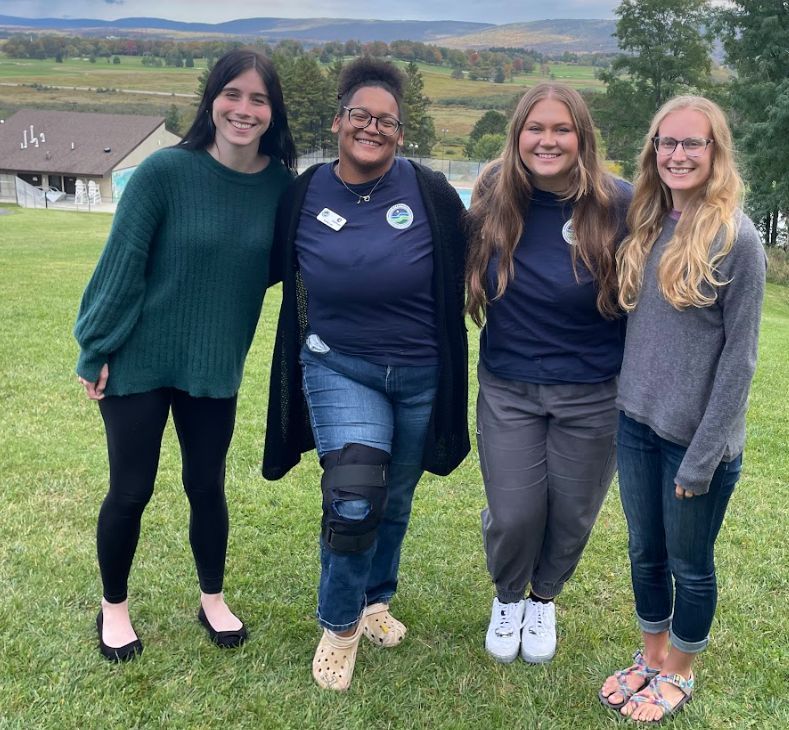 | | AmeriCorps VISTAs that support watershed groups across the state. |
| | Town Run Watershed Group Development and PFAS Testing By: Greg Welter |
| Town Run is a small stream that originates a couple miles south of Shepherdstown and runs through the center of town enroute to its discharge to the Potomac River. The Run is fed by several springs, and so is largely groundwater in character. Being basically a groundwater source, its chemical characteristics are significantly different from the Potomac River. This difference presents a treatment advantage for the Shepherdstown Water Department, in that using a blend of the two waters would be advantageous during the summer when organic matter is high in the Potomac, so the Department has taken steps to facilitate this blending operation next year. The proposed inclusion of the Town Run water into the overall source water for the drinking water system has energized interested residents in the Shepherdstown area to meet regularly to discuss approaches to better protect the water quality of the Run, including public outreach measures. Also discussed have been volunteer expansion of monitoring of the stream. These meetings have been aided and facilitated by Alana Hartman of the WV Department of Environmental Protection Watershed Improvement Branch. |
|
|
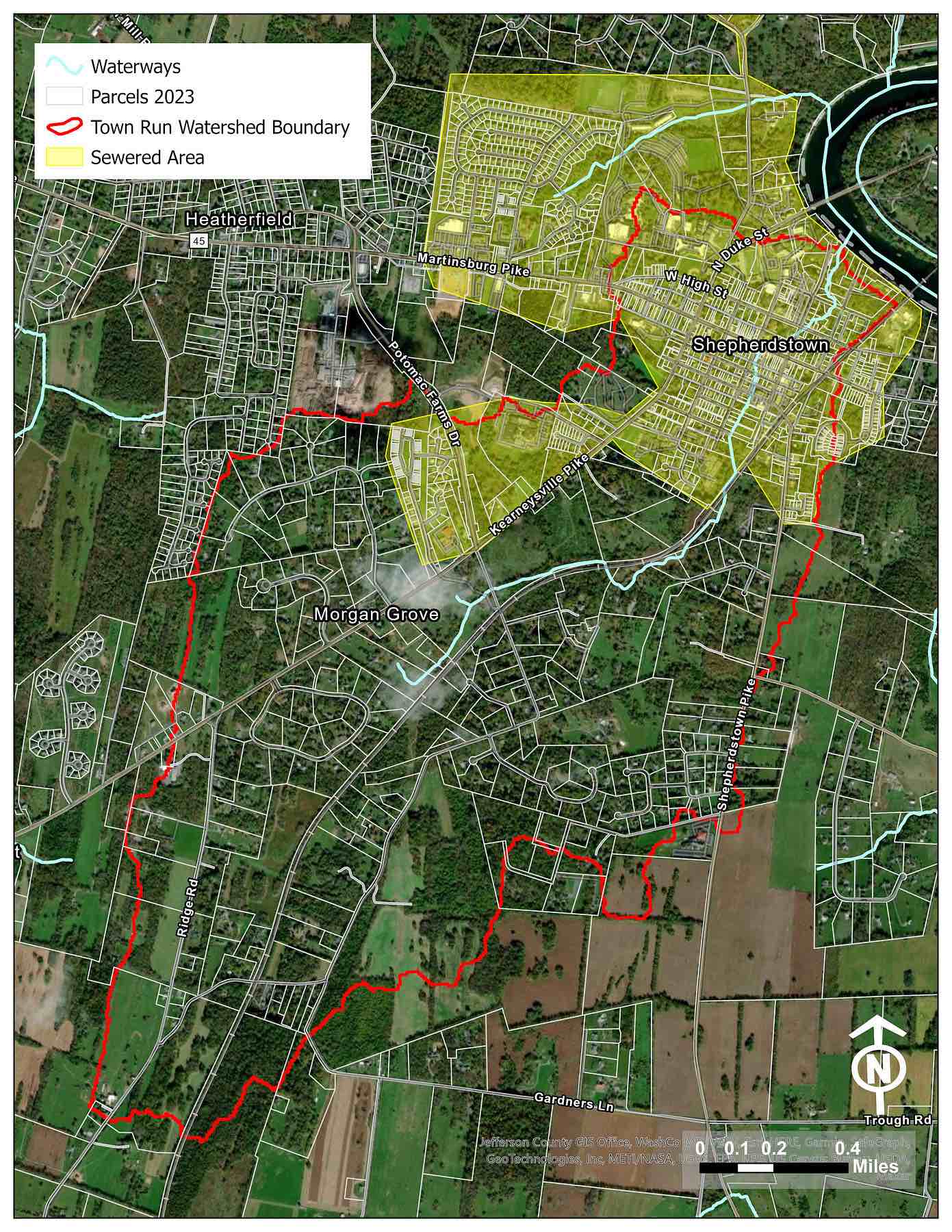 | | Map of Town Run Watershed |
|
|
| 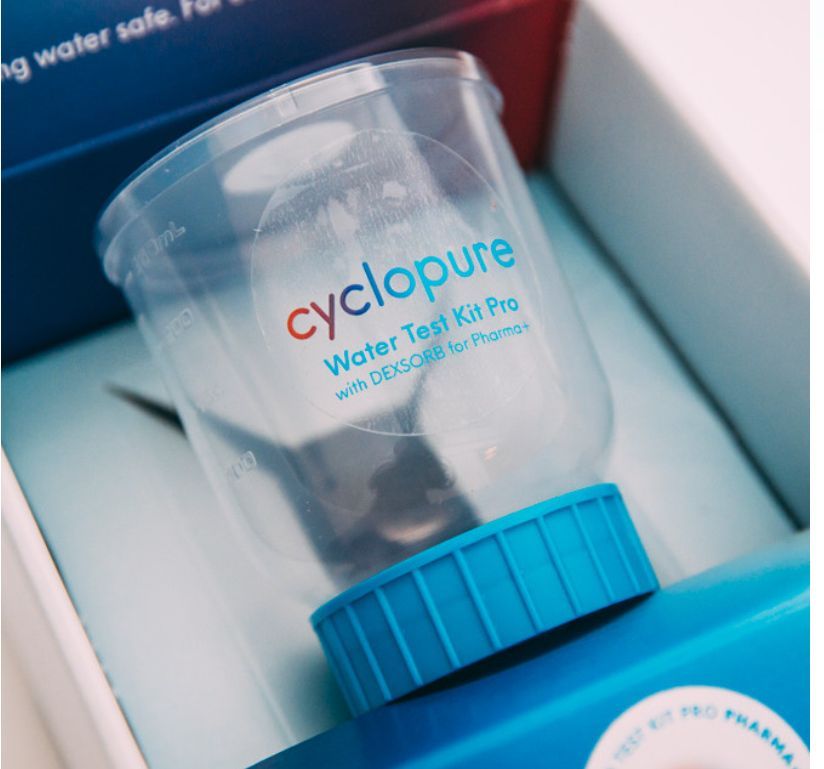 | Cyclopure PFAS Testing Kit |
|
|
Kay Schultz has taken the lead in organizing a Town Run Watershed group, now guided by a seven-person Steering Committee. The group has been awarded a WV Stream Partners 2024 grant to support stream protection, restoration and outreach. Since the watershed group isn’t incorporated as yet, the Shepherdstown Community Club, owner of Morgan Grove Park in which Town Run’s headwaters are located, has agreed to serve as the fiduciary partner for the grant. |
|
|
| One action taken so far has been sampling of the stream for PFAS (per- and polyfluoroalkyl substances) at a location shortly upstream of the water plant intake. The sampling was done using a PFAS water sampling kit developed by the firm Cyclopure, whose lab analyzed the sample. The lab report on this was recently received, and we are pleased that it reported “Non-detect” for all 55 PFAS analytes. The water department has also conducted sampling, which will be tested for by another lab (Pace), and we are awaiting comparison. |
| | Funding and Opportunities Corner |
|  | Grant assistance: -
Provide training, assistance, and capacity building for writing grant proposals, navigating federal systems, and effectively managing grant funding -
Deliver technical assistance to increase the capacity of communities of concern to assess environmental and energy justice concerns -
Offer guidance on community engagement, meeting facilitation, and translation and interpretation services for limited English-speaking participants The community hub partner in West Virginia is West Virginia State University. If you would like to receive more information, updates, and training notifications, sign up for the email list here. Grant opportunities: -
The National Fish and Wildlife Federation (NFWF) is soliciting applications for the 2024 Five Start and Urban Waters Restoration Program. This grant program seeks to develop community capacity to sustain local natural resources for future generations by providing financial assistance to diverse local partnerships focused on improving water quality, watersheds and the species and habitats they support. This program will award approximately $2 million in grants nationwide. You can find more information, including an informational webinar recording and application instructions, here. -
The Children & Nature Network awards mini-grants up to $500 to young adults ages 16-30 to grow professionally as a leader in the nature movement or to implement projects that create change in equitable access to nature, community health and well being, and justice. Applications are accepted on a rolling basis and mini-grants are awarded monthly. You can find more information and application instructions here. |
| |
|
| |
|
| | West Virginia Rivers Coalition
3501 MacCorkle Ave SE #129 | Charleston, West Virginia 25304
304-637-7201 | wvrivers@wvrivers.org |
| The WV WaterNet is made possible through an award of Environmental Protection Agency’s 319 funding awarded to the West Virginia Rivers Coalition by the West Virginia Department of Environmental Protection. |
|  | |
|
| |
|
|